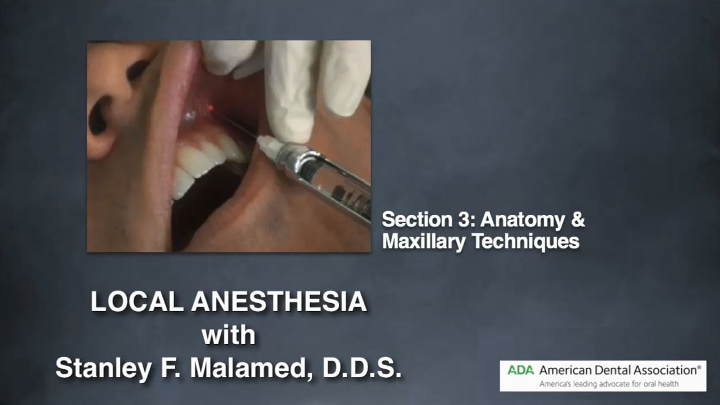
Mastering Anesthesia Techniques: Ensuring Comfort and Safety
![]()
Mastering Anesthesia Techniques: Ensuring Comfort and Safety
Anesthesia techniques are integral to modern medical procedures, ensuring patients experience comfort and safety during surgery or other interventions. This article delves into the diverse realm of anesthesia techniques, highlighting their significance in the healthcare landscape.
The Art and Science of Anesthesia
Anesthesia is both an art and a science. Anesthesia techniques involve the administration of drugs to induce a state of controlled unconsciousness, pain relief, and muscle relaxation. Anesthesiologists, the specialists in this field, meticulously tailor their approach to each patient and procedure, considering factors such as the patient’s medical history, the type of surgery, and the desired depth of anesthesia.
General Anesthesia: Inducing Controlled Unconsciousness
General anesthesia is perhaps the most well-known form of anesthesia. It involves administering medications to induce a state of unconsciousness, allowing patients to remain completely unaware and pain-free during surgical procedures. Anesthesiologists closely monitor vital signs and adjust the anesthesia depth throughout the surgery to ensure the patient’s safety and comfort.
Regional Anesthesia: Targeted Pain Relief
Regional anesthesia targets specific regions of the body, providing pain relief while the patient remains conscious. Techniques like epidurals and spinal blocks are common in procedures such as childbirth or certain orthopedic surgeries. Regional anesthesia offers the advantage of localized pain control, minimizing the need for general anesthesia and reducing postoperative discomfort.
Local Anesthesia: Precision in Pain Management
Local anesthesia is employed for minor procedures or to numb a specific area of the body. This technique involves injecting anesthetic agents directly into the target area, temporarily blocking sensation. Local anesthesia is commonly used in dermatological procedures, dental work, or minor surgeries, ensuring precision in pain management without affecting the patient’s overall consciousness.
Balancing Depth of Anesthesia: The Role of Monitoring
Achieving the right depth of anesthesia is critical for patient safety. Continuous monitoring of vital signs, including heart rate, blood pressure, and oxygen levels, is an integral part of anesthesia techniques. Modern monitoring technology allows anesthesiologists to make real-time adjustments, ensuring the patient’s physiological parameters remain within safe ranges throughout the procedure.
Emerging Technologies in Anesthesia
Advancements in technology continue to shape anesthesia techniques. From sophisticated monitoring devices to the integration of artificial intelligence, these innovations enhance the precision and safety of administering anesthesia. Anesthesiologists leverage these technologies to tailor their approaches, taking into account individual patient responses and optimizing outcomes.
Pediatric Anesthesia: Special Considerations for Young Patients
Administering anesthesia to pediatric patients requires specialized expertise. Pediatric anesthesia techniques consider the unique physiological and developmental characteristics of children. Anesthesiologists carefully calculate drug dosages, monitor vital signs, and create an environment that ensures the safety and well-being of the young patient throughout the procedure.
Anesthesia in Ambulatory Settings: Maximizing Efficiency
The evolution of anesthesia techniques has facilitated their application in ambulatory or outpatient settings. Ambulatory anesthesia focuses on minimizing the duration of sedation, allowing patients to recover quickly and return home on the same day. This approach maximizes efficiency while maintaining the highest standards of safety and comfort.
Patient Education and Preoperative Assessment
An integral aspect of anesthesia techniques is patient education and preoperative assessment. Anesthesiologists engage in discussions with patients to explain the chosen anesthesia approach, address concerns, and gather crucial information about the patient’s health. This collaborative process ensures that the chosen technique aligns with the patient’s medical history and individual needs.
For more information on mastering anesthesia techniques, visit www.dylanmessaging.com. Anesthesia techniques are a dynamic field, continuously evolving to enhance patient care. The mastery of these techniques ensures not only comfort and safety during medical procedures but also contributes to the overall success and efficiency of healthcare interventions.



